Passengers passing through security checkpoints at Terminal 3 - Photo: QA
Flight VN1286, departing from Ho Chi Minh City to Van Don ( Quang Ninh ) at 5:55 AM, carrying 105 passengers, marks a significant milestone in the commissioning of this modern terminal.
According to Tuoi Tre newspaper , from early morning, Terminal 3 was bustling with the presence of the first passengers.
Modern terminal, easing congestion at Tan Son Nhat airport.
An atmosphere of excitement mixed with curiosity was evident as many people experienced the spacious, luxurious, and technologically advanced facilities. Ms. Lien (a resident of the district), one of the first passengers to check in at Terminal 3, shared that the terminal is very new, modern, and has a beautiful and airy space.
The connecting routes are also convenient and easy to navigate. In the waiting area, staff from aviation service companies such as Taseco and Sasco work non-stop. Ms. Tra Giang, an employee of an aviation service company, said she almost stayed up all night to prepare.
Despite the hard work, everyone was excited to welcome the first guests. Meanwhile, the workers were busy cleaning windows, checking elevators, and tending to the greenery, ensuring everything was ready for the official opening day on April 30th.
Vietnam Airlines and Vietjet have also begun transitioning their operations to Terminal 3. Accordingly, Vietnam Airlines is the first airline to operate at Terminal 3, with check-in counters numbered 56-109 and 22 self-service counters.
The airline recommends passengers arrive at the airport two hours early and prioritize online check-in via the website, mobile app, or self-service kiosks. It is expected that by the end of April, all domestic flights of Vietnam Airlines (except for routes to Con Dao, Ca Mau , and Rach Gia) will be moved to Terminal 3.
Vietjet also plans to transfer all domestic flight operations to Terminal T3 in the near future. Meanwhile, Bamboo Airways, Vietravel Airlines, Pacific Airlines, and Vasco will continue to operate at Terminal T1. Terminal T2 will continue to serve international flights.
Besides the airline, other services are being rapidly synchronized and prepared for the official opening day. Speaking to Tuổi Trẻ newspaper, Mr. Lê Anh Quốc, Vice Chairman of the Board of Directors of Taseco, said that the company has mobilized maximum personnel to operate 19 food and beverage outlets, souvenir shops, and business lounges. According to Mr. Quốc, Terminal 3 is spacious and equipped with modern technology.
Taseco will invest in more high-quality services, integrated with the Taseco system. Meanwhile, Sasco has opened a business lounge with a modern design, meeting international standards, attracting many passengers from the very first day.
According to the Vietnam Airports Corporation (ACV), Terminal T3 has a capacity of 20 million passengers per year and 7,000 passengers per hour during peak times, and is capable of handling all types of aircraft under Code C and Code E.
Expected to handle nearly 80% of all domestic flights at Tan Son Nhat Airport, Terminal 3 will significantly reduce pressure on Terminal 1 – which was designed for only 15 million passengers per year but is frequently overloaded, especially during holidays and Tet (Lunar New Year) with nearly 100,000 passengers per day.
Passengers check in online and drop off their luggage at Terminal 3 - Photo: VA
Ensuring safe operation and assisting passengers.
During a direct inspection and monitoring of the progress at Terminal 3 on the morning of April 17th, Mr. Nguyen Cao Cuong, Deputy General Director of ACV, affirmed that Terminal 3 will be completed on schedule for the inauguration ceremony on April 30th. More than 2,500 workers and engineers have been working day and night to ensure the quality of the construction.
According to ACV, Terminal T3 has a total floor area of 112,500m², comprising one basement level and four above-ground levels. The terminal is designed to integrate many advanced aviation technologies, with 90 traditional check-in counters, 20 automated baggage claim counters, and 42 self-service check-in kiosks.
The integrated system of ramps and overpasses facilitates convenient passenger movement. According to aviation experts, Terminal 3 is expected to become one of the most modern domestic passenger terminals in the region.
The relocation of Vietnam Airlines and Vietjet Air to Terminal 3 will serve approximately 20 million domestic passengers annually, accounting for nearly 80% of the total domestic passenger traffic at Tan Son Nhat Airport. This will contribute to alleviating overcrowding and improving the quality of Vietnamese aviation services on the international stage.
However, because Terminals T1 and T3 are separate, traveling between the two terminals takes at least 15-20 minutes, causing concern among airlines about passenger confusion, especially for codeshare flights such as those operated by Vietnam Airlines, Pacific Airlines, and Vasco.
For example, code-share flights between Vietnam Airlines and Pacific Airlines both bear the "VN" designation, leading many to mistakenly believe it's the actual operating airline. This can result in passengers going to the wrong check-in counter or getting the wrong flight time.
To minimize confusion, airlines are enhancing passenger information about terminal changes through various notification methods such as email, text messages, and Zalo. Passengers should also carefully check the departure terminal information on their tickets.
Given the unavoidable risk of passengers mistakenly entering the wrong terminal, the Civil Aviation Authority of Vietnam has requested ACV and Tan Son Nhat Airport to coordinate with ground handling units to ensure passengers receive maximum support, especially in cases of terminal mix-ups.
Vietnam Airlines and Vietjet Air have been instructed to develop policies to assist passengers who miss their flights due to mistaking the terminal, and to enhance communication and deploy guidance staff at airports.
ACV plans to add staff to support passengers, especially those connecting flights, during the initial phase of Terminal 3 operation. Tan Son Nhat Airport is also planning to tender for passenger transportation services between Terminals T1, T2, and T3 to ensure convenience for passengers.
The spacious check-in waiting area at Terminal 3 - Photo: QA
Which way is it to get to Terminal 3?
Terminal T3 utilizes two main routes: the Tran Quoc Hoan - Cong Hoa connecting road and the expanded Hoang Hoa Tham road, instead of relying on Truong Son road as before.
The 4km-long Tran Quoc Hoan - Cong Hoa connecting road project, with a total investment of over 4,800 billion VND, will be fully operational from the end of April.
Mr. Luong Minh Phuc, director of the Ho Chi Minh City Investment and Construction Project Management Board for Transportation Works, said the route has three connection points to Terminal 3, including two underground entrances and an elevated bridge in front of the terminal.
Passengers from the following areas can access Terminal T3 via this route:
- Binh Duong, Dong Nai, Thu Duc City: Pham Van Dong - Bach Dang - Truong Son - connecting road between Tran Quoc Hoan and Phan Thuc Duyet.
- Central Ho Chi Minh City: Nam Ky Khoi Nghia - Nguyen Van Troi - Phan Thuc Duyet.
- West and northwest (Binh Tan District, Binh Chanh District, Hoc Mon District, Cu Chi District): Cong Hoa - Hoang Hoa Tham - Phan Thuc Duyet.
See diagram

Graphics: TUAN ANH
Source: https://tuoitre.vn/nha-ga-t3-tan-son-nhat-bat-dau-don-khach-20250417225845129.htm


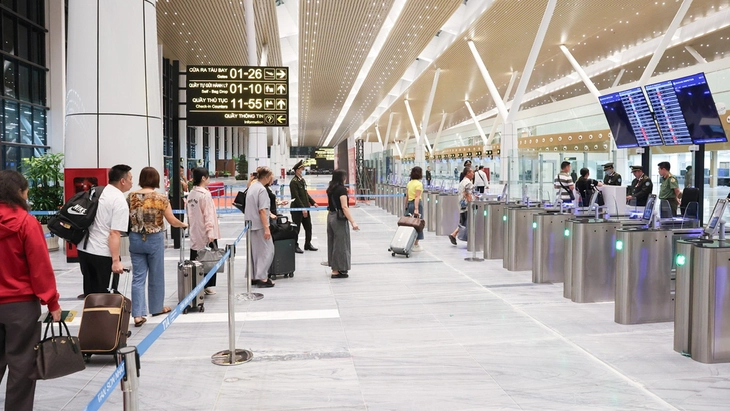
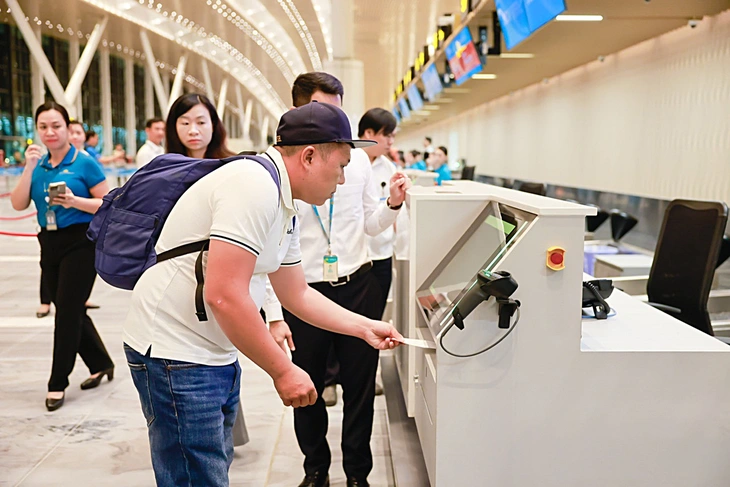
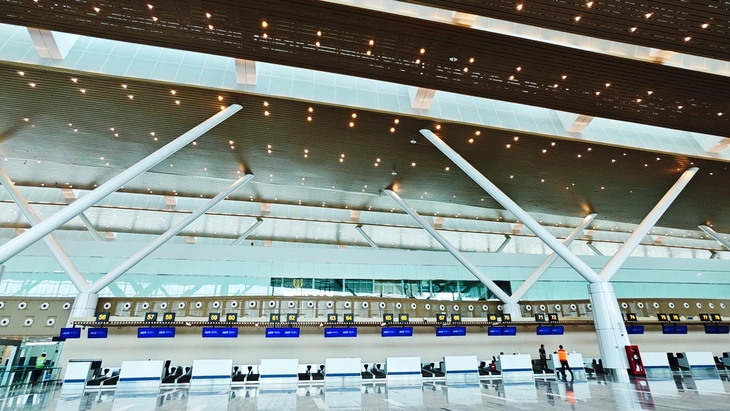



![[Photo] Prime Minister Pham Minh Chinh attends the Conference summarizing and implementing tasks of the judicial sector.](/_next/image?url=https%3A%2F%2Fvphoto.vietnam.vn%2Fthumb%2F1200x675%2Fvietnam%2Fresource%2FIMAGE%2F2025%2F12%2F13%2F1765616082148_dsc-5565-jpg.webp&w=3840&q=75)


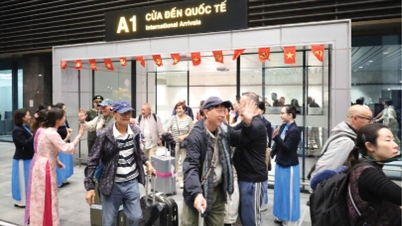

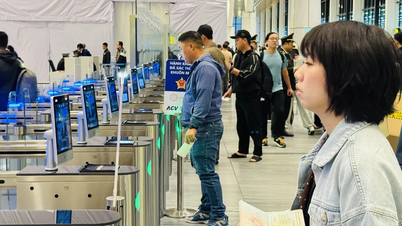



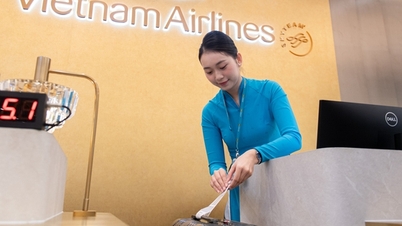



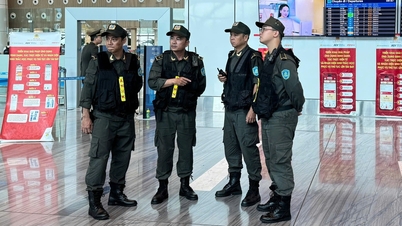

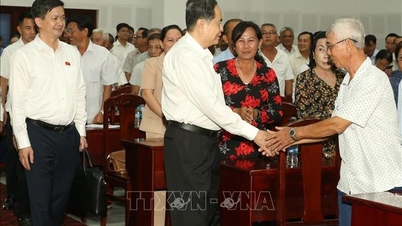





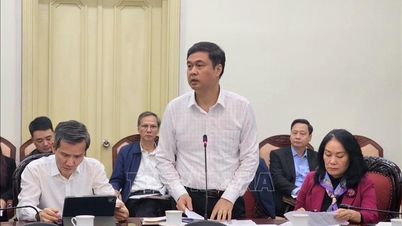





































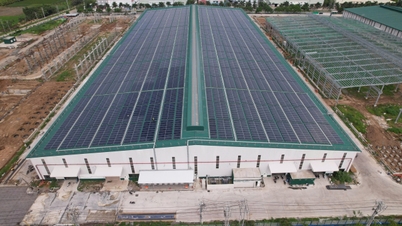


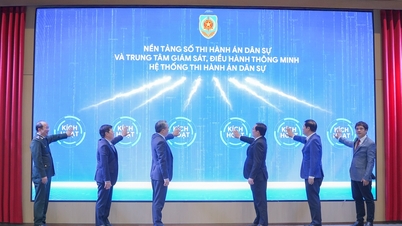












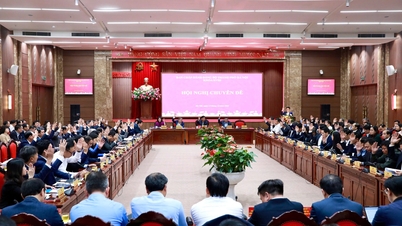

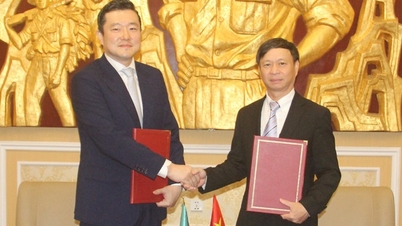






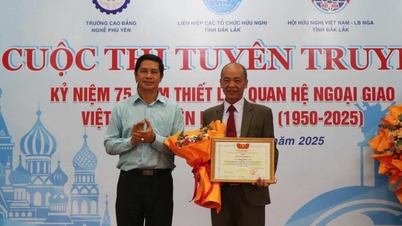

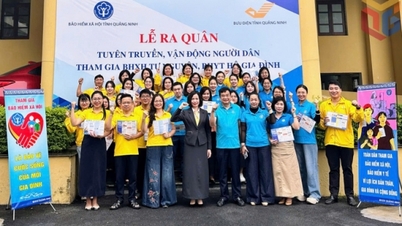

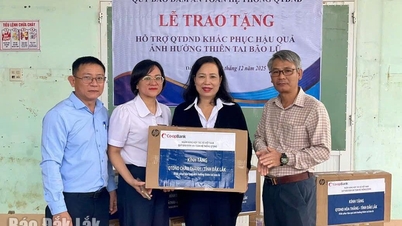
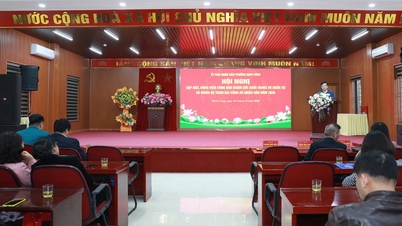













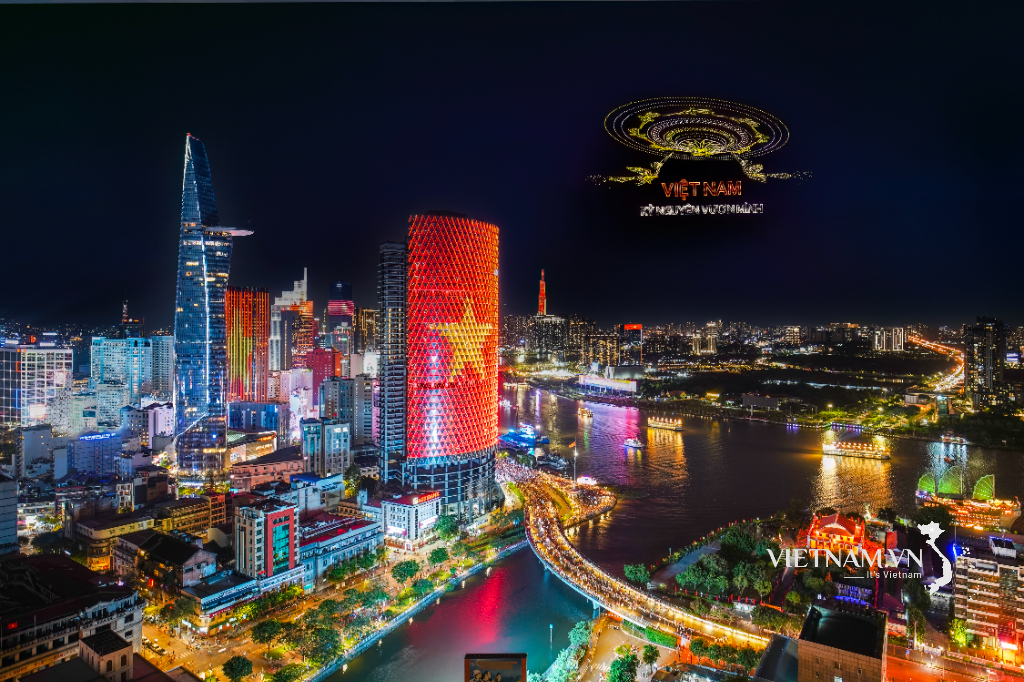
Comment (0)